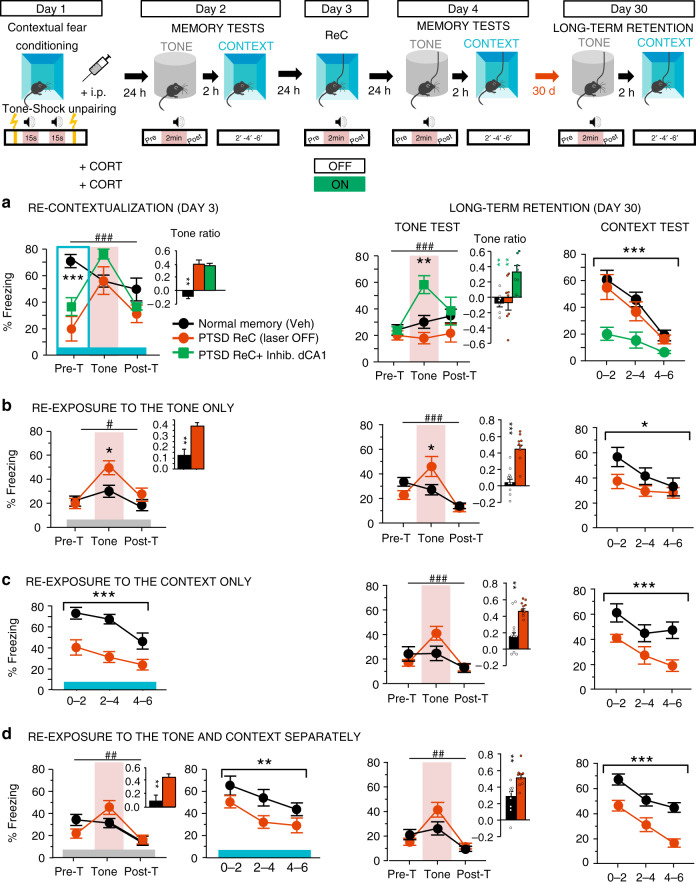Fig. 4. PTSD-like and normalized fear memory are persistent.
Top panel, scheme illustration of the behavioral procedure: fear conditioning (Day 1), memory tests (Day 2), trauma re-contextualization (ReC) by complete re-exposure to trauma-related cues (vs. partial re-exposure to the tone alone, context alone, or tone and context spaced out of 2 h; Day 3) in control Veh-injected (n = 9), control CORT-injected (n = 8) and CORT-injected mice exposed to dCA1 inhibition during re-exposure (n = 7), memory tests (Day 4 and Day 30). a The normalized contextual fear memory (attested by the absence of fear response to the tone together with high conditioned fear to the context) induced by trauma re-contextualization (PTSD ReC) and the remained PTSD-like memory (i.e. attested by abnormal fear response to the tone and low conditioned fear to the context) subsequent to dCA1 inhibition during re-contextualization persist for at least 30 days after trauma (Tone test: repeated measures × laser condition: F4,42 = 4.717; P = 0.0031; Context test: laser condition: F2,21 = 5.489; P = 0.0121; PTSD ReC vs CA1 Inhib: P = 0.253). b–d The remained PTSD-like memory subsequent to partial re-exposure to trauma-related cues persists whatever the re-exposure condition (to the tone alone, context alone, or tone and context spaced out of 2 h; minimum significance in the tone test: repeated measures × Veh/CORT: F2,34 = 7.935; P = 0.0015; in the context test: Veh/CORT: F1,17 = 4.607; P = 0.0466, repeated measures × Veh/CORT: F2,34 = 4.266; P = 0.0022). The blue and gray bars symbolize the conditioning context and the familiar/safe chamber, respectively; Pre-T Pre-Tone, Post-T Post-Tone. Data are presented as mean ± SEM. This experiment was repeated independently once with similar results, See table in the “Animals” section of the “Methods” for detailed sample size. Statistical significance was assessed by repeated measures (three 2 min-blocks) two-sided ANOVA with post hoc test when appropriate. *P < 0.05; **P < 0.01; ***P < 0.005. #: block × condition interaction (P < 0.05); ##P < 0.01; ###P < 0.005. Source data are provided as a Source Data file.

